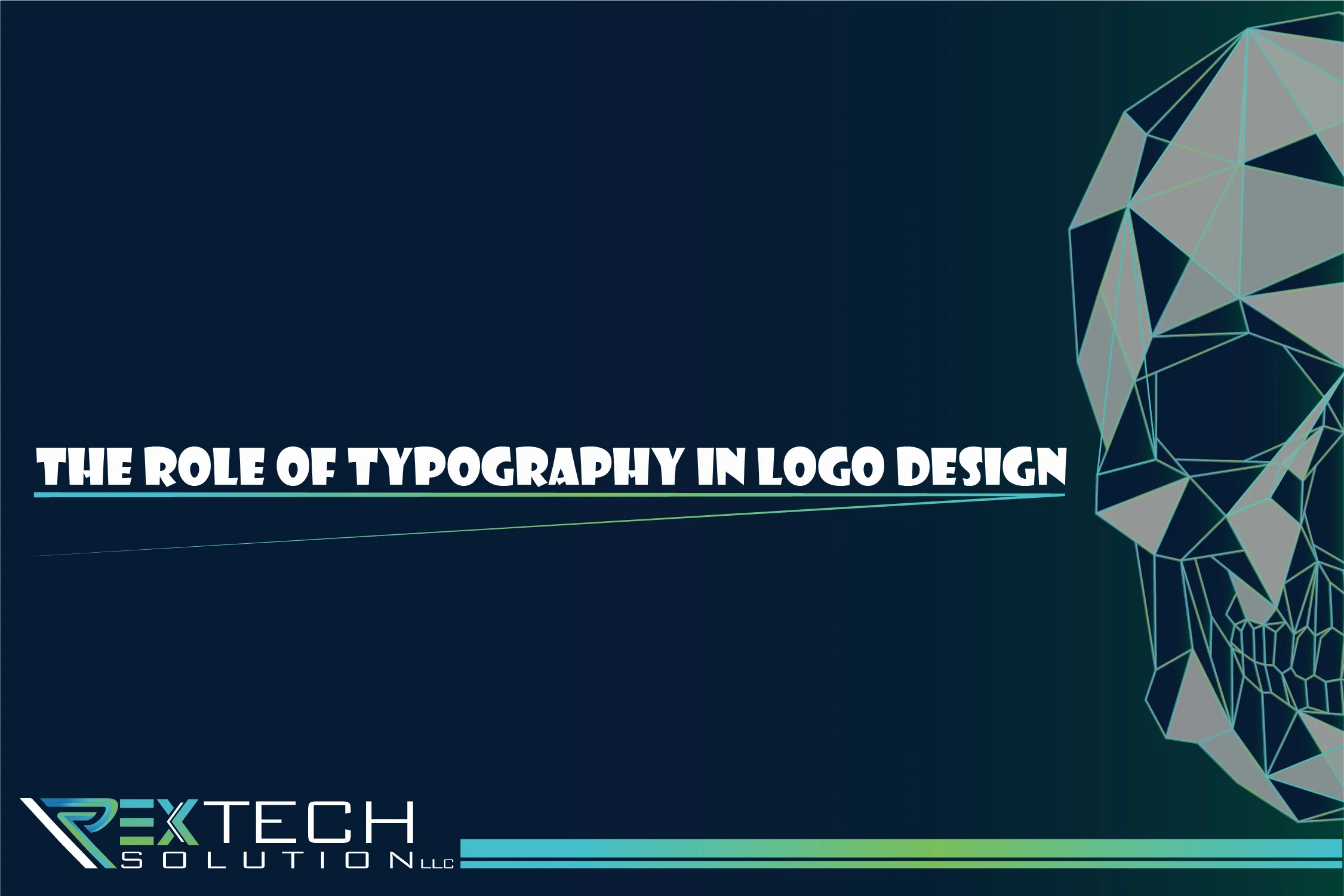Typography plays a crucial role in logo design, serving as a powerful tool to convey a brand’s identity and message. From the choice of fonts to the spacing and alignment of text elements, typography can greatly influence how a logo is perceived. In this article, we’ll explore the significance of typography in logo design and how it contributes to creating a memorable and impactful brand identity.
1. Introduction to Typography in Logo Design
Typography is the art and technique of arranging type to make written language readable and appealing. In logo design, typography goes beyond just selecting a font; it involves carefully considering the style, size, spacing, and arrangement of text elements to create a cohesive and visually appealing design.
2. Choosing the Right Font
Selecting the right font is crucial in logo design, as different fonts convey different emotions and messages. Serif fonts, for example, are often associated with tradition and reliability, while sans-serif fonts are seen as modern and clean. Script fonts can add elegance and sophistication, while display fonts are bold and eye-catching.
3. Font Pairing
Font pairing involves combining two or more fonts to create contrast and hierarchy in a logo. Pairing a bold, attention-grabbing font with a more subtle, readable font can create a balanced and visually appealing logo. It’s important to choose fonts that complement each other and reflect the brand’s personality.
4. Spacing and Alignment
Proper spacing and alignment of text elements are essential in logo design. The spacing between letters and lines should be carefully considered to ensure readability, while alignment helps create a sense of order and balance. Experimenting with different spacing and alignment options can help achieve the desired effect.
5. Custom Typography
Traditional typography involves creating a unique font or modifying an existing font to fit the brand’s identity. Custom typography can help a logo stand out and create a strong visual impact. However, it’s important to ensure that the custom font is readable and aligns with the brand’s personality.
Suggested Read: Logo Design Trends That Will Dominate in 2024
Conclusion
Typography’s vital role in logo design influences how a brand perceives and remembers itself.By carefully considering typography in logo design, designers can create logos that effectively communicate the brand’s identity and message. From choosing the right font to spacing and alignment, typography can elevate a logo from ordinary to extraordinary.
FAQs
1. What is typography in logo design?
Typography in logo design involves the art and technique of arranging type to make written language readable and visually appealing. It goes beyond selecting a font and includes considering the style, size, spacing, and arrangement of text elements to create a cohesive and attractive design.
2. Why is choosing the right font important in logo design?
Choosing the right font is crucial because different fonts convey different emotions and messages. For example:
- Serif fonts are associated with tradition and reliability.
- Sans-serif fonts are seen as modern and clean.
- Script fonts add elegance and sophistication.
- Display fonts are bold and eye-catching.
3. What is font pairing and why is it important?
Font pairing involves combining two or more fonts to create contrast and hierarchy in a logo. Effective font pairing can:
- Create a balanced and visually appealing logo.
- Highlight different aspects of the brand’s message.
- Reflect the brand’s personality.
4. How does spacing and alignment affect logo design?
Proper spacing and alignment are essential for:
- Ensuring readability.
- Creating a sense of order and balance.
- Enhancing the overall aesthetic of the logo. Experimenting with different spacing and alignment options can help achieve the desired visual effect.
5. What is custom typography and when should it be used?
Custom typography involves creating a unique font or modifying an existing font to fit the brand’s identity. It can help a logo stand out and create a strong visual impact. Custom typography should be used when:
- The brand needs a unique and distinctive look.
- The custom font aligns with the brand’s personality.
- The custom font remains readable and functional.
6. How can typography enhance a brand’s identity in a logo?
Typography enhances a brand’s identity by:
- Conveying the brand’s personality and values through font choice.
- Creating a memorable and impactful visual representation.
- Differentiating the brand from competitors with unique type treatments.
7. Can typography trends influence logo design?
Yes, typography trends can influence logo design. Staying updated with current trends can help create modern and relevant logos. For example, trends like minimalism, bold fonts, and custom typefaces are currently popular in logo design.
8. Where can I learn more about logo design trends?
For more information on logo design trends, you can read articles and resources dedicated to design trends, such as “Logo Design Trends That Will Dominate in 2024.”
9. How does typography contribute to a logo’s overall impact?
Typography contributes to a logo’s overall impact by:
- Enhancing the visual appeal.
- Improving readability and clarity.
- Creating a strong, memorable brand identity.
10. What should be considered when selecting typography for a logo?
When selecting typography for a logo, consider:
- The brand’s personality and message.
- The emotions and associations of different font types.
- Readability and legibility.
- How well the typography integrates with other design elements.

